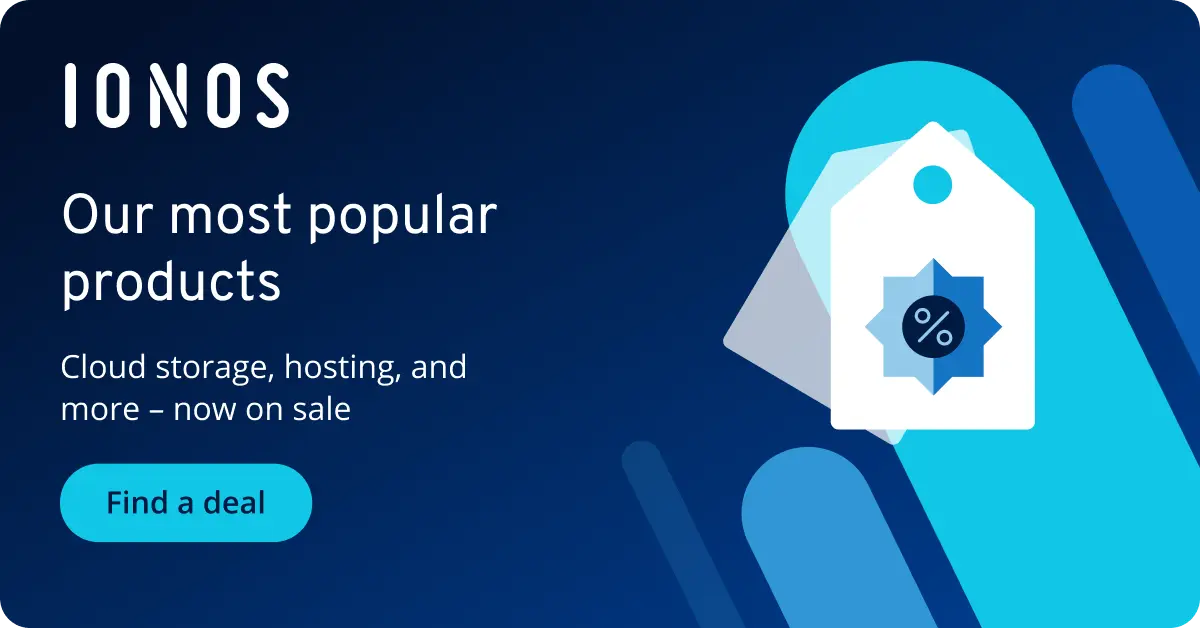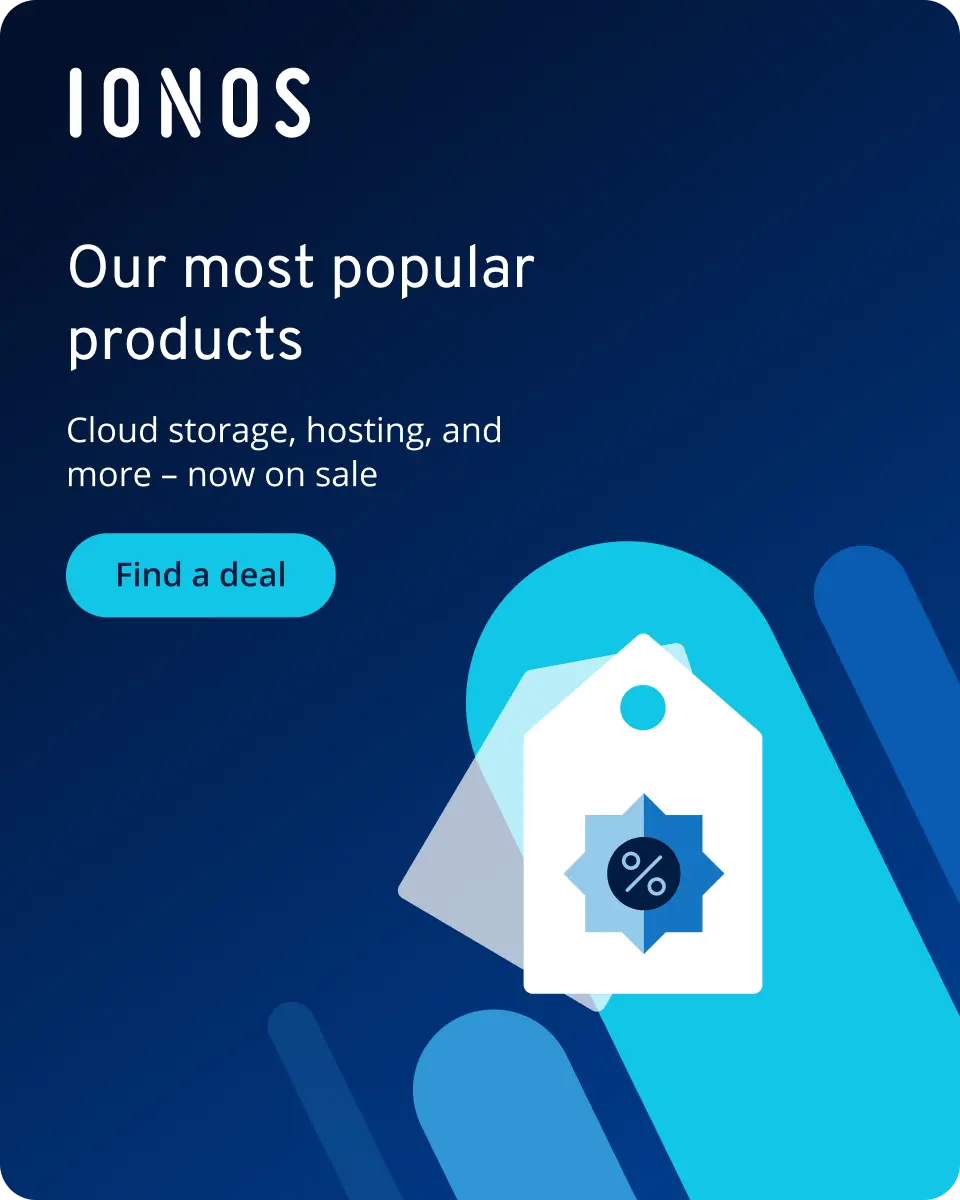What are the best SQLite alternatives?
SQLite is a lightweight, serverless SQL database library that can be easily embedded and operated without maintenance. However, there are several alternatives with different architectures and functionalities that serve as viable substitutes. Below, we explore some of the top SQLite alternatives.
What is SQLite and what alternatives are available?
SQLite is the most widely used relational database management system globally. This lightweight, serverless SQL database engine is delivered entirely in a single library. Unlike traditional databases that rely on a separate service, SQLite uses a file-based model, meaning no external database service is needed. SQLite databases consist of a single file that includes everything from tables and indexes to triggers. Typically under one megabyte in size, SQLite is ideal for resource-constrained environments. It is commonly used in embedded and mobile apps, desktop software, prototyping, local caching solutions, data analysis and internal databases.
Originally developed for the US Army, SQLite is now in the public domain, meaning it’s free to use without copyright restrictions. As a database implemented in the C programming language, SQLite enjoys widespread adoption in systems like Windows, Android, iOS, and browsers like Firefox and Chrome. The system supports most SQL-92 commands, such as transactions and views, as well as user-defined functions. Since it forgoes the traditional client-server structure, there’s no need for complex administrative work. With its low resource requirements and solid engine, SQLite delivers reliable native SQL functionality in a compact format. However, for scenarios involving many simultaneous writes or large datasets, SQL alternatives like MySQL or PostgreSQL are more suitable.
- Enterprise-grade architecture managed by experts
- Flexible solutions tailored to your requirements
- Leading security in ISO-certified data centers
MySQL: A proven database system for traditional SQL workloads
MySQL is one of the most popular database management systems for relational data and is particularly suited for structured, table-based data. Since 2010, MSQL has been part of Oracle, which continuously develops MySQL, offering both an open-source version and a proprietary enterprise version. The default engine for MySQL databases is InnoDB, which is fully ACID-compliant and provides transactional security and foreign key support. For specific use cases, other engines such as MyISAM (optimized for reading), CSV (optimized for tables), and Memory (In-Memory) are available.
As an SQLite alternative, MySQL stands out with high fault tolerance, handling growing datasets with ease, and offering fast query performance. It supports various scaling strategies—from replication to partitioning—and provides multiples interfaces. Its clear structure and intuitive configuration make it accessible even to beginners. The active community and extensive documentation ensure solid support on all topics.
Overview of advantages of MySQL
- Available as a free community version and a commercial enterprise
- Beginner-friendly architecture with easy-to-use configuration options
- Robust fault tolerance with fast query performance
- Flexible scaling approaches
- High availability
- A range of storage engines for diverse use cases
- Strong community support and detailed documentation
- A core component of the classic web stack (LAMP)
- Broad capability across various platforms, systems and programming languages
PostgreSQL: Extensible SQL database for complex data models
PostgreSQL is an object-relational database is an object-relational database that dates back to a 1980s project at the University of California and has been open-source since 1996. PostgreSQL extends the relational model by incorporating object-oriented concepts such as user-defined data types and stored procedures, making it a great SQLite alternative when applications require complex data models. This is particularly true for applications in geospatial, data warehousing, IoT platforms, and advanced transactional systems.
PostgreSQL uses Multi-Version Concurrency Control (MVCC) to ensure high throughput rates under heavy load while still maintaining full ACID compliance. A standout feature is its flexible extension framework, which allows integration of modules like PostGIS for geospatial data, TimescaleDB for time-series management, and Citus for horizontal distribution of large tables—all without modifying the core system.
Overview of advantages of PostgreSQL
- Open Source
- Extensive extension capabilities
- Multiple scaling options
- Mostly compliant with SQL standard
- Fast response times
- High robustness, security, and flexibility
- Numerous interfaces available
MariaDB: Flexible MySQL fork with modern engine ecosystem
As a MySQL fork, MariaDB has been community-developed since 2009, following Oracle’s acquisition of MySQL. The primary goal of MariaDB was to provide a MySQL-compatible alternative that remains independent. Distributed under the GNU General Public License Version 2 (GPLv2), MariaDB offers transparency and freedom from proprietary constraints.
As an SQLite alternative, MariaDB excels in fast performance, flexible scaling options, and strong community support. Like MySQL, it uses the InnoDB engine by default but also offers numerous other storage engines tailored to specific use cases. These include Aria (a crash-safe replacement for MyISAM), MyRocks (SSD-optimized storage), and OQGRAPH (for handling hierarchies and complex graphs). The Galera Cluster feature provides high availability and load distribution through synchronous multi-master replication.
Overview of the advantages of MariaDB
- Independently developed open-source database
- Full compatibility with MySQL
- Efficient storage engines for different use cases
- Very stable, powerful, and scalable
- SQL compatible and easy to integrate
- Compatible with all major operating systems and environments
MongoDB: Schema-free NoSQL database for dynamic applications
MongoDB is a document-oriented NoSQL database that stores data in flexible BSON documents – similar to JSON – instead of rigid tables. This schema-free approach allows the addition of new fields and structures without complicated migrations. As an alternative to SQLite, MongoDB shines when applications need to handle flexible or unpredictable data structures, particularly with large volumes of data.
Managed MongoDB from IONOS enables you to concentrate on the essentials. From installation to operation and maintenance work, IONOS makes sure you always get the best performance from your data banks.
MongoDB’s horizontal scaling through automatic sharding distributes records across multiple nodes, enhancing availability and fault tolerance while making it easy to scale as data volumes grow. This makes MongoDB ideal for e-commerce projects, content management systems, and web applications.
Main advantages of MongoDB
- Best for large, growing data volumes
- Highly reliable and available
- Supports diverse data types
- Flexible structure
- Compatible with numerous platforms, systems, and languages
- Simple replication process
- User-friendly for beginners
Apache Cassandra: Column-oriented NoSQL for massive data volumes
Apache Cassandra is a distributed, column-oriented NoSQL database system designed for handling massive, heterogeneous data volumes. As an SQLite alternative, Cassandra excels in situations where applications require scalability—especially when the data volume is unpredictable. Common use cases include social networks like Twitter, Instagram, and Spotify, as well as other large networks like Netflix, GitHub, and eBay.
The database’s high read and write speeds come from storing data in column-based structures. Automatic partitioning ensures that data is distributed across multiple nodes, ensuring fault tolerance and continuous availability. Cassandra also provides adjustable consistency levels and a SQL-like query language called CQL (Cassandra Query Language), which simplifies the transition for users familiar with SQL.
Overview of the advantages of Apache Cassandra
- Open-source database system
- Horizontal and vertical scaling options
- CQL with SQL-like syntax
- Fault-tolerant architecture with automatic failover
- Powerful and fast
- Highly flexible
- Partial ACID compliance
Redis: Ultra-fast access thanks to in-memory storage
The standout feature of Redis is its use of in-memory storage, allowing access times of less than one millisecond. This makes Redis an ideal alternative to traditional relational databases when extremely low latencies and high throughput are required, such as for caching, session management, or real-time metrics.
Redis supports a wide range of data types (including strings, hashes, lists, sets, and streams) and combines in-memory speed with simple data backup to the hard drive, either through regular snapshots or a continuous change log. While Redis can scale both vertically and horizontally, it is best suited for applications where speed is critical rather than handling massive data sets or complex queries. In these instances, this particular alternative to SQLite reaches its limits.
Overview of advantages of Redis
- Open-source approach
- Super-fast responses
- Flexible scaling
- User-friendly interface
- Real-time analytics
- Comprehensive documentation
- Supports a variety of data types
- Platform-independent

